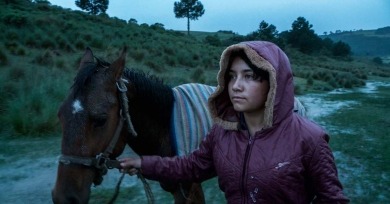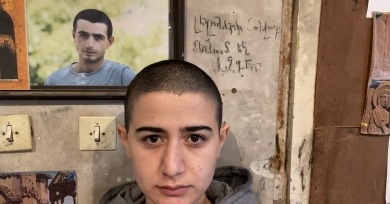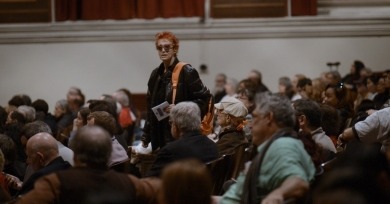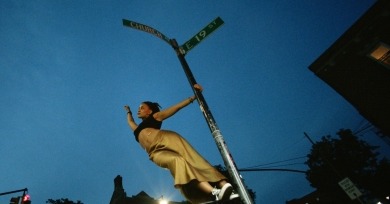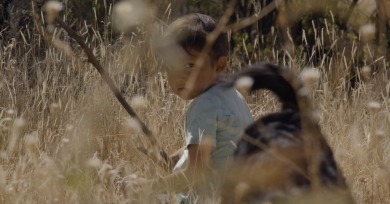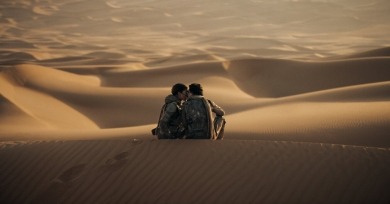Reviews
Like Godard, Radu Jude is acutely aware of how every image or sequence of images can be sorted into genres, textures, colors, references, and so on, categories whose associations stretch back into the whole of cinema’s past.
Being lost is a condition of possibility, which the film’s characters practice half with intention and half by circumstance.
That the output of Fessenden over four decades has been taken for granted is one thing, but it is more like his being taken for granted has itself been taken for granted, as grimly self-fulfilling as any dark prophecy about pentagrams and the need to stay off the moors.
Shot on a combination of MiniDV, Betacam, and 16mm, Arthur&Diana is laden with nostalgic references. Locations are filmed in color with a handheld camera evoking the Dogme 95 movement.
Midi Z’s film, shot between 2017 and 2023, documents the period leading up to the 2021 coup by the Tatmadaw—Myanmar’s military—that deposed the democratically elected National League for Democracy and installed a military junta.
Prayers for the Stolen showed her preternatural knack for filming space and time in a realist mode, but Tatiana Huezo's approach to her latest work is even more impressive.
Delineating a war requires accounting for tremendous complexity and historical context that’s difficult to capture in 120 minutes. But as this film conveys, the best storytellers are the city streets.
Vardanyan weaves back and forth between depictions of creation and destruction, presence and absence, the emotional and the bureaucratic. That these apparent paradoxes coexist onscreen emphasizes the incomprehensibility of the family’s situation as a whole.
Philly Abe is not just a beleaguered downtown tenant fighting rapid gentrification, she’s also an avatar for a fading New York.
Whereas the towering novel from which it takes its name, a timely meditation on the political and cultural environment in Europe leading up to the first world war, lives largely in its characters, Chachia and Voigt’s film, instead, personifies the “magic mountain” itself to unique and ghostly effect.
Drawing inspiration from Resnais’s film and Lem’s novel (but mostly from the latter), the Polish director, film professor, and cineaste Kuba Mirkuda has created in Solaris Mon Amour a one-of-a-kind archival masterwork.
New York is always being built and rebuilt on its own ruins, and this palimpsestic vision of the city is inextricable from the consequences of gentrification—the city is always ejecting people like Dakota from its slipstream.
Around every corner, there are temptations and dangers calling him back to an old way of life. Yet in Sujo, which accompanies and expands upon Identifying Features so profoundly, hope is the sustaining force. Opening Night selection of First Look 2024 at Museum of the Moving Image.
Villeneuve smartly opts for an open-ended, portentous close, which pointedly foreswears the heroic triumphalism of your run-of-the-mill space opera.



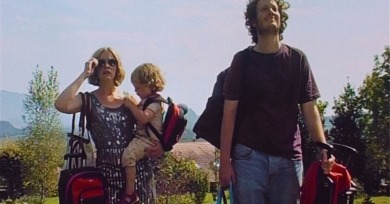
-390x204.jpg)
